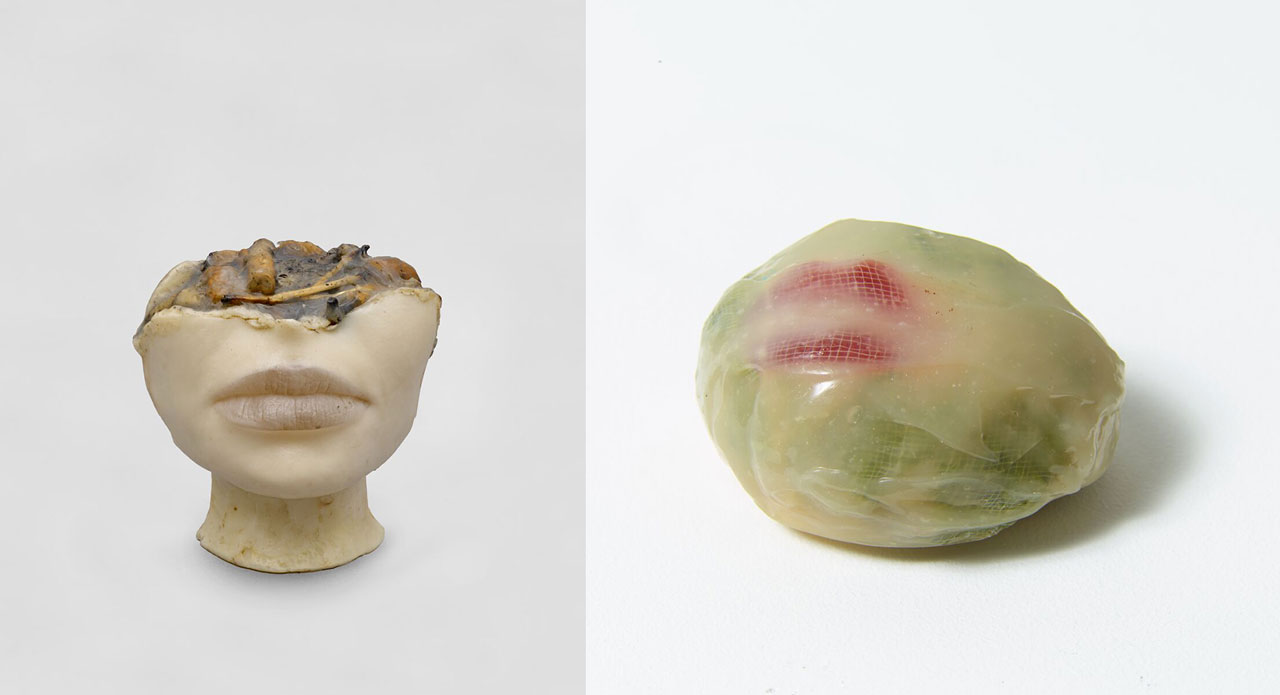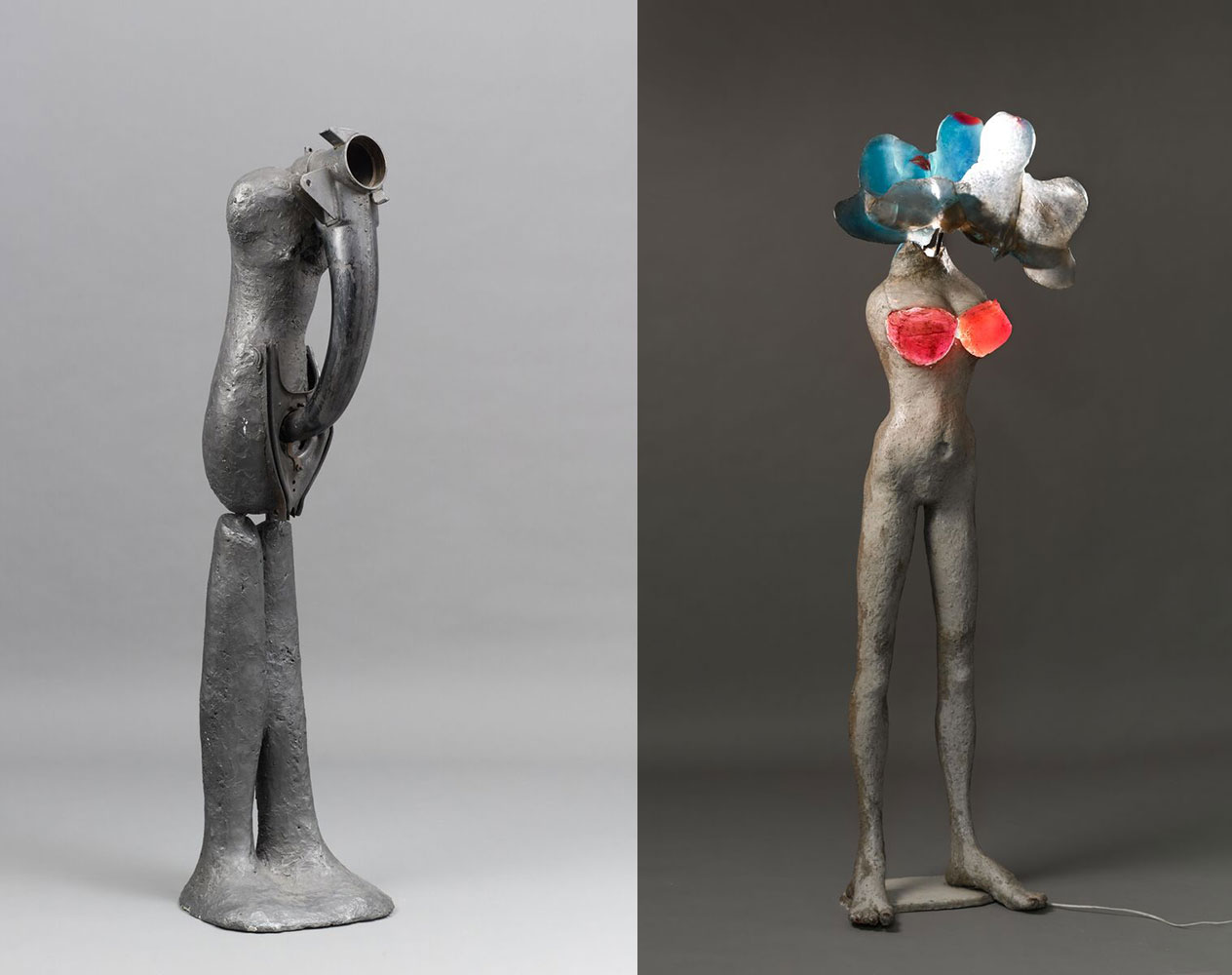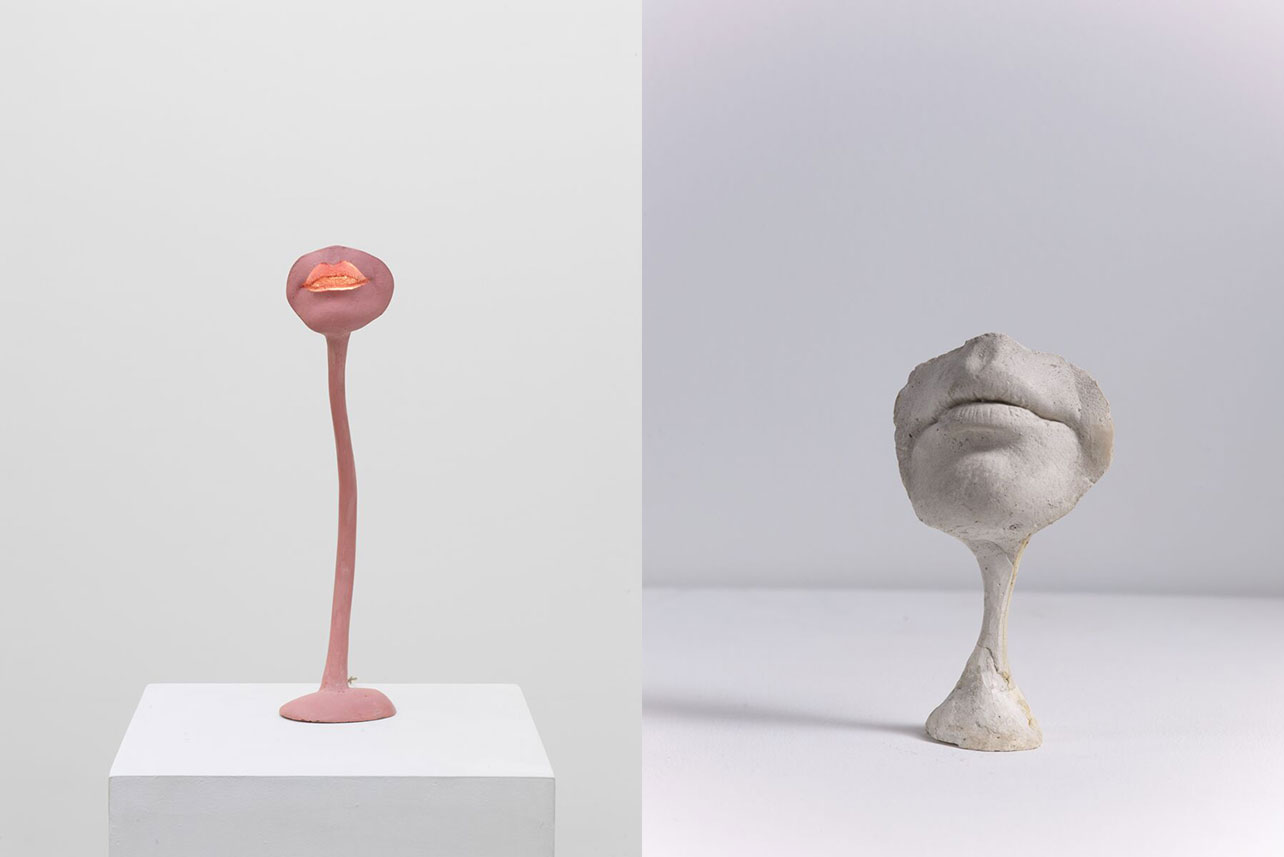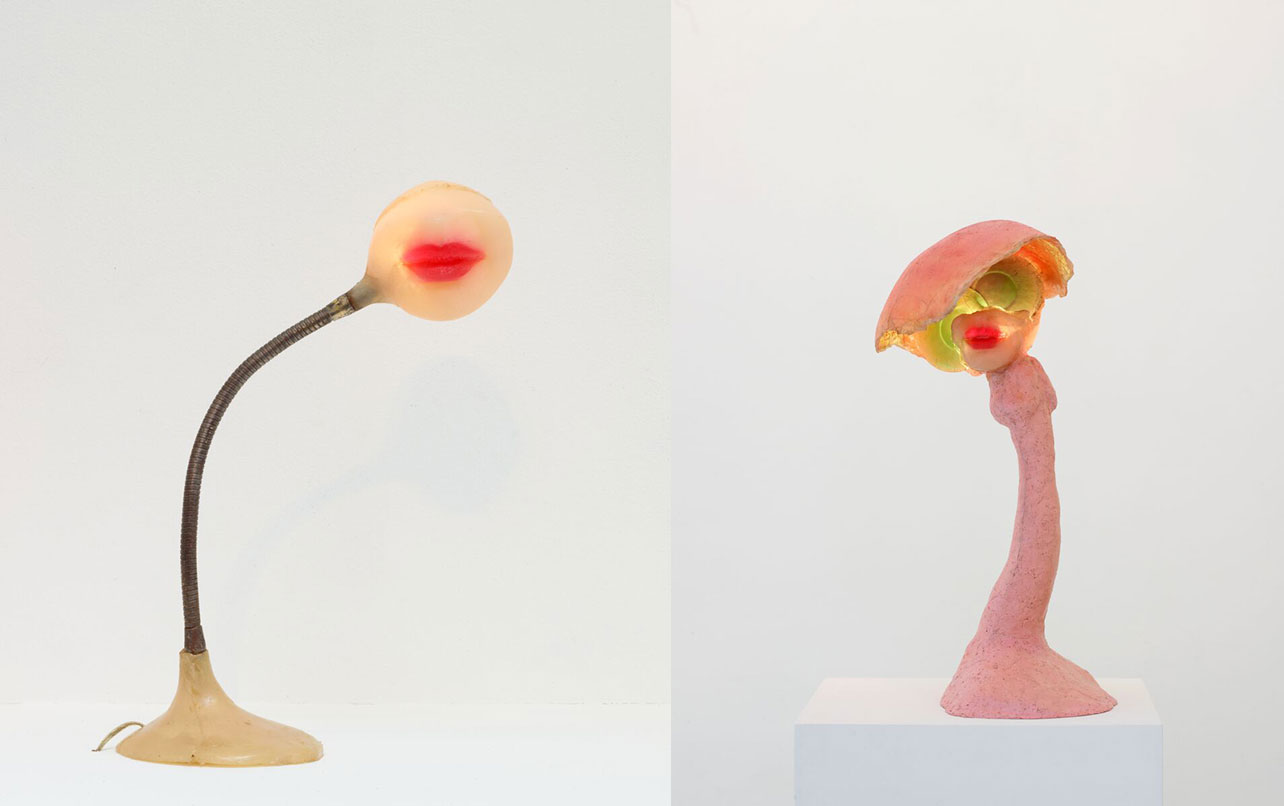ART CITIES:N.York-Alina Szapocznikow
 A sculptor who began working during the postwar period in a classical figurative style, Alina Szapocznikow radically reconceptualized sculpture as an imprint not only of memory but also of her own body. Though her career effectively spanned less than two decades (cut short by the artist’s premature death in 1973 at age 47), Szapocznikow left behind a legacy of provocative objects that evoke Surrealism, Nouveau Réalisme, and Pop art.
A sculptor who began working during the postwar period in a classical figurative style, Alina Szapocznikow radically reconceptualized sculpture as an imprint not only of memory but also of her own body. Though her career effectively spanned less than two decades (cut short by the artist’s premature death in 1973 at age 47), Szapocznikow left behind a legacy of provocative objects that evoke Surrealism, Nouveau Réalisme, and Pop art.
By Dimitris Lempesis
Photo: Hauser & Wirth Gallery Archive
Born in Poland to a Jewish family in 1926, Alina Szapocznikow survived internment in concentration camps during WWII as a teenager.She spent the years 1940-42 with her mother in the Pabianice ghetto (her father died in 1938). From there she was transferred to the Łódź ghetto, and then via Auschwitz to the camps of Bergen-Belsen and Teresienstadt in Czechoslovakia. After the war she decided to study sculpture and moved first to Prague and then to Paris, studying sculpture at the École des Beaux-Arts. In 1951, suffering from tuberculosis, she returned to Poland, where she expanded her practice. When the Polish government loosened controls over creative freedom following Stalin’s death in 1952, Szapocznikow jumped into representation. By the 1960s, she was radically re-conceptualizing sculpture as an intimate record not only of her memory but also of her own body. Szapocznikow was diagnosed with breast cancer in 1969, a turn of events that shaped her later sculptural and photographic efforts. She died in Paris in 1973. In the exhibition “To Exalt the Ephemeral: Alina Szapocznikow, 1962-1972” a selection of sculptural works together surveys the expressive force of the Polish artist’s material innovations in the last decade of her life. The exhibition begins with one of Szapocznikow’s seminal works, made in 1962. “Noga (Leg)”, a plaster cast of the artist’s right leg, marks Szapocznikow’s shift away from the mere representation of the human body to a tangible imprint of her own personhood. Here, a single limb, detached from the larger structure that has defined it, becomes a symbol of individuation and a vehicle of pleasure, while nodding to the mechanical forces that commodify the female body. By the mid-1960s, Szapocznikow began to incorporate mechanical elements and car parts into her work, resulting in “Człowiek z instrumentem (Man with Instrument)” (1965), which, in its evocations of Marcel Duchamp’s readymades, further suggests the artist’s interest in the connection between mass-production and the body. Through her material experiments, Szapocznikow generated a series of lamps, exemplified here by the “Lampe Bouche (Illuminated Lips)” (1966) works, functional sculptures of glowing female lips extending from elongated stem-like bases. Although the artist lived and worked in Paris at the time, her focus on malleable material as a proxy for the body firmly positions her among contemporaries practicing in the United States, including Eva Hesse, Hannah Wilke, and Lynda Benglis, as well as Louise Bourgeois. A survey of the exhibition’s first floor culminates in the lifesized “Illuminowana (Illuminated Woman)” (1966-67), and “Kaprys-Monstre (Caprice-Monster)” (1967), works that affirm the artist’s interest in indexing the relationship between personhood and objecthood Szapocznikow’s exploration of plastic as a means of seriality could be viewed as antithetical to traditional hierarchical values of sculpture. She circumvented this dichotomy by deploying the language of commodity culture to create works that are unique. An integral component of Szapocznikow’s practice was her mastery of new materials and techniques. Thus, she produced most of her work in her own studio rather than outsourcing fabrication to a factory. The “Souvenirs” predict the artist’s “Tumors” and subsequent “Fetishes” begun at the end of the 1960s and early 1970s, incorporating resin, crumpled newspaper, clothing, and other personal items, and photographs. Casting her body once again, the artist manifested the anxiety and existential challenges of illness into these forms, resulting in “Łza (Tear)” (1971). Composed of a single luminous breast suspended from a support of gathered lace, cast and sealed in resin, the work presents the fragmented body as a site. Szapocznikow’s final works express her pointed desire to engage with something deeper and ineffable, physical and psychological, the symptoms of bodily experiences and the traces of what we leave behind. This desire is summoned in her 1971 self-portrait made of resin and gauze, a compelling prefiguration of her own death mask that poetically indices one of her earliest body casts.
Info: Hauser & Wirth Gallery, 32 East 69th Street, New York, Duration: 29/10-21/12/19, Days & Hours: Tue-Sat 10:00-18:00, www.hauserwirth.com




